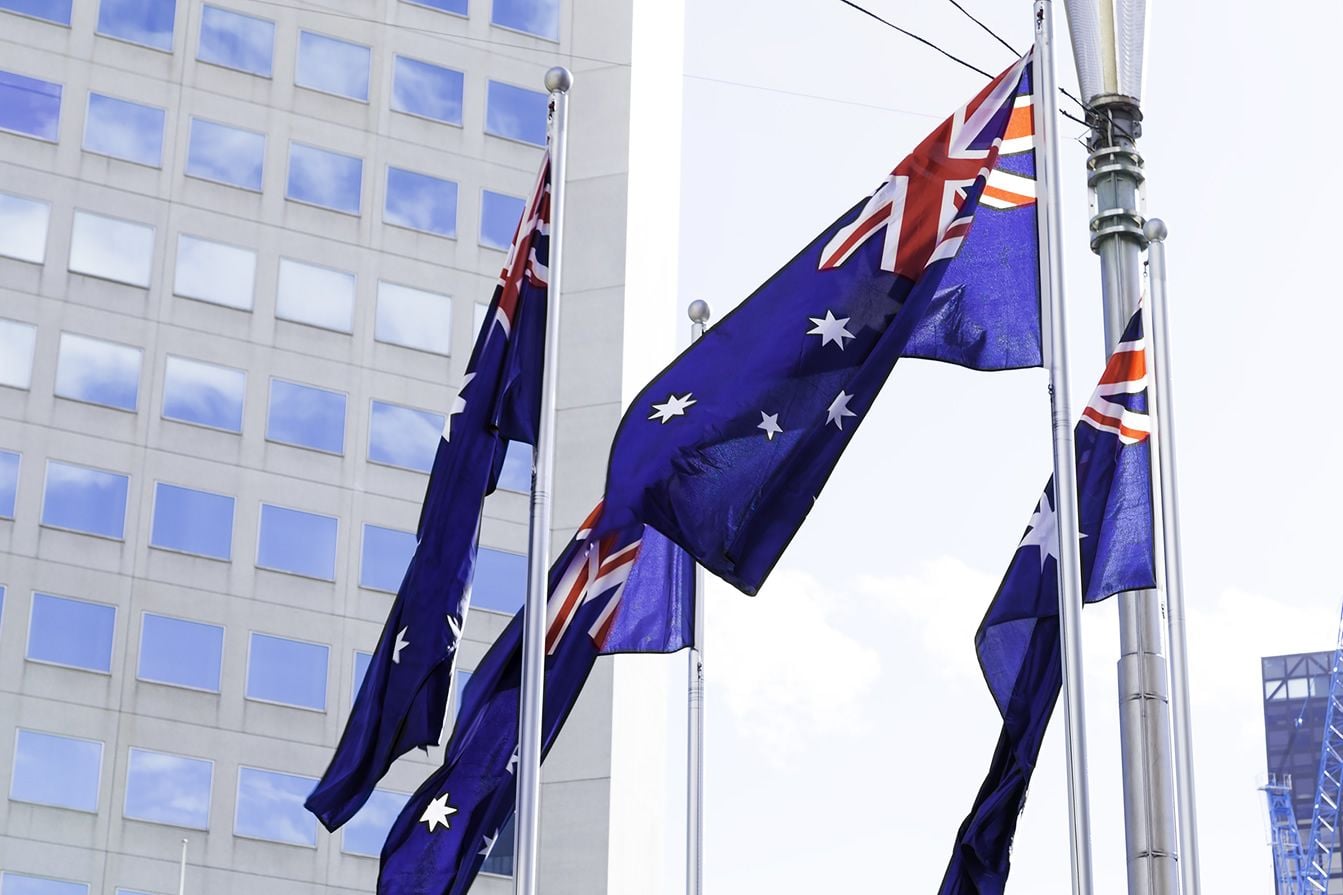GBP/AUD Forecast for the Week Ahead

© Filipe Frazao, Adobe Stock
The Pound's trend higher against the Australian Dollar remains intact, despite turbulence from resurfacing Brexit risks.
The Pound-to-Australian Dollar exchange rate has been making higher highs and higher lows ever since the October 2016 bottom, and we expect it to continue in the same vein in the week ahead.
The suggestion is based on our most recent technical studies of GBP/AUD which seek to ascertain future direction in the pair based on previously observed price action which gives us an understanding of the structure of the market.
Hence, while we saw Sterling suffer some damage on Friday, February 9, owing to negative Brexit-related headlines, we don't believe the exchange rate's uptrend has been invalidated.
GBP/AUD is seen to be trending higher within a channel as can be seen on the weekly chart below:

Although the pair pulled back in December 2017 it rotated at the January lows and has been going higher ever since.
Friday's large red down-day, triggered by reemerging Brexit risks, is a sign the uptrend could be faltering, but on its own it is not yet enough to suggest a reversal.
In the absence of more convincing downside signals the short-term trend will probably extend higher.
A break above the 1.8006 highs would provide confirmation of a continuation higher to a target at 1.8200 at the top of the channel.

Get up to 5% more foreign exchange by using a specialist provider to get closer to the real market rate and avoid the gaping spreads charged by your bank when providing currency. Learn more here.
Data and Events for the Australian Dollar
The main release for the Ausdtralian Dollar in the week ahead is employment data, out on Thursday, February 15, at 12.30 GMT.
Employment is forecast to rise by 15.2k in January; last month employment data was especially strong after it showed a rise of 37.3k.
The data is also expected to show the unemployment rate remaining unchanged at 5.5%.
Better-than-expected employment data is likely to have a positive impact on the Aussie as it tends to indicate upside pressure on inflation, and higher inflation generally leads to higher interest rates which in turn strengthens the currency, by attracting greater capital flows, drawn by the promise of higher returns.
Sentiment data also figures highly in the week ahead, with Westpac Bank's Consumer Confidence report for February out at 23.30 on Tuesday, forecast to show a 1.8% rise in the index to 105.1.
Data and Events to Watch for the Pound
From a data perspective inflation and retail sales, releases dominate the outlook for the Pound in the week ahead.
Inflation is a driver of interest rates which in turn influence the Pound, so a rise in inflation will lead to a stronger Pound. On
Thursday, February 8 the Pound rallied as the Bank of England communicated that interest rates might have to rise faster than previously anticipated in coming months in order to combat persistently high rates of inflation.
The Bank and markets alike will, therefore, be watching the latest installment in UK inflation data to see where the trends lie, the release is due out on Tuesday, February 13, at 9.30 GMT.
Forecasters expect a 2.9% rise compared to a year earlier (yoy); in the previous month of December, the inflation rate was a higher-than-expected 3.0% (yoy).
On a monthly basis, inflation is expected to decline by -0.6% in January.
Core inflation, which strips out volatile food and fuel components, is forecast to rise by 2.6% compared to 2.5% previously; often it is this number that moves markets.
On all accounts, should the data come in below expectation we would expect Sterling to decline, and should data beat expectations we would expect Sterling to rise.
The other main release is retail sales, which is scheduled for release on Friday, February 16, at 9.30.
A higher-than-expected result could reaffirm the UK economy's resilience and support Sterling.
Retail Sales is forecast to rise by 2.6% in January compared to a year ago when it only gained by 1.4%. Month-on-month it is forecast to increase by 0.5% from -1.5% previously.
Kathy Lien, managing director of BK Asset Management, forecasts lower-than-expected inflation and retail sales data, which could weigh on the Pound.
"Looking ahead, the UK's inflation and retail sales reports are scheduled for release and if the data surprises to the downside like we expect, it may be difficult for GBP to rally," says Lien.
Data aside, the other major factor for Sterling in the coming week is likely to be how Brexit negotiations evolve.
The Pound fell last week following the revelation that the EU was reconsidering whether to allow the UK a two-year transition phase deal after the official Brexit deadline in 2019, in order to help negotiate a new trade relationship.
After a breakdown in talks over the nature of the UK's rights during the transition period itself, Chief EU Brexit negotiator Michel Barnier said that if the disagreements continued it was "not a given" the UK would even get a transition period at all.
This took the wind out of Sterling's sails after it rose strongly following the Bank of England's positive assessment of the economy on Thursday.
"Instead of making progress this week, Brexit negotiations have taken a step back and to the dismay of sterling bulls, this overshadowed the BoE's hawkishness," concluded Lien.
Get up to 5% more foreign exchange by using a specialist provider to get closer to the real market rate and avoid the gaping spreads charged by your bank when providing currency. Learn more here.










